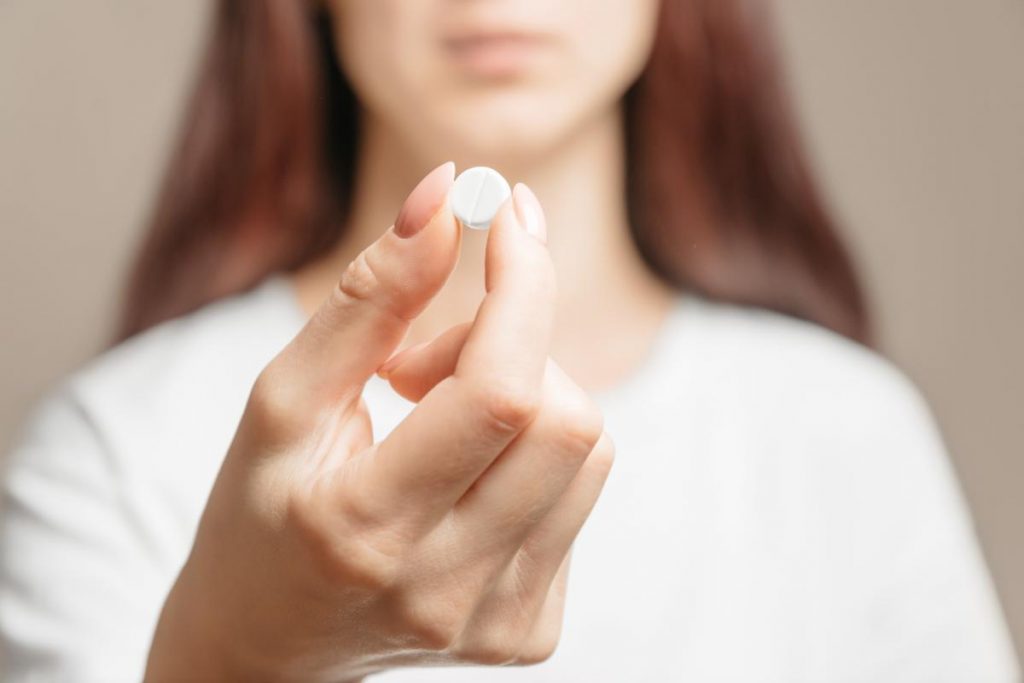Opioids are a type of painkiller medication used to manage severe pain. They are very effective in reducing pain, but unfortunately, they can also be very addictive. If you or someone you know is struggling with addiction to these drugs, it’s important to understand the opioid rehab process and what to expect.
What do opioids do to the body?
First, let’s talk about what these drugs are and how they work. Opioids are a class of drugs that act on the nervous system to reduce pain. They include prescription painkillers such as hydrocodone, oxycodone, and morphine. Heroin , an illegal drug, is also categorized as an opioid. They work by binding to specific receptors in the brain, spinal cord, and other organs, which produces pain relief, a sense of euphoria, and relaxation.
These drugs are very useful in treating severe pain caused by injuries, surgeries, or chronic conditions such as cancer. However, they can also have serious side effects, such as drowsiness, constipation, nausea, and respiratory depression. Moreover, when these drugs are misused, they can cause addiction, overdose, and death.
How do these drugs become addictive?
The answer lies in the way they affect the brain. Opioids stimulate the release of dopamine, a neurotransmitter that is associated with pleasure, motivation, and reward. Over time, the brain adapts to the presence of the drugs and reduces its natural production of dopamine. As a result, the user needs more and more of the drugs to achieve the same level of pleasure and avoid withdrawal symptoms.
The signs of addiction can vary depending on the person and the type of drug used. However, common signs include:
- Taking drugs more often or in larger amounts than prescribed or intended.
- Craving drugs or feeling unable to stop using them.
- Shutting out friends and family members when they express concern over your drug use
- Neglecting responsibilities, hobbies, or social relationships due to drug use.
- Continuing to use drugs despite negative consequences, such as health problems, legal issues, or relationship difficulties.
- Withdrawal symptoms when not using the drugs or trying to quit using them

Withdrawal symptoms can range from mild to severe and can begin within a few hours to a few days after the last use of the drug.
Common symptoms of withdrawal may include:
- Anxiety, restlessness, or agitation
- Insomnia or disturbed sleep
- Nausea, vomiting, or diarrhea
- Muscle aches or cramps
- Sweating and chills
- Runny nose or watery eyes
- Dilated pupils
- Yawning
- Increased heart rate and blood pressure
- Irritability or mood swings
The severity and duration of withdrawal symptoms can vary from person to person. In some cases, withdrawal symptoms can be severe enough to require medical attention. It’s important to seek professional help if you or someone you know is experiencing opioid withdrawal symptoms. A healthcare provider can provide medications and support to help manage withdrawal symptoms and reduce the risk of relapse. Opioid addiction is a treatable condition, and rehab can help you overcome it.
What happens in drug rehab?
Drug rehab is a comprehensive treatment program that is designed to help individuals overcome drug addiction and maintain a drug-free lifestyle. The rehab process typically involves several stages, including:
- Assessment and evaluation: The rehab team will assess your physical and mental health, as well as your drug use history, to develop a personalized treatment plan that meets your needs.
- Detoxification: The first stage of rehab is often detoxification, which involves the process of eliminating opioids from your body. Detox can be a challenging and uncomfortable process, but it’s necessary to clear your system of drugs before you can move forward with treatment.
- Counseling and therapy: Once you have completed detox, you will begin a series of counseling and therapy sessions. Your counselors and therapists aim to teach you to:
- Understand the root cause of your addiction
- Build healthy coping strategies to manage cravings and triggers
- Build a network of supportive people who will help you stay sober
- Medication-assisted treatment: In some cases, medication-assisted treatment (MAT) may be used to help manage withdrawal symptoms and reduce the risk of relapse. MAT involves the use of medication, such as buprenorphine or methadone, in combination with counseling and therapy.
- Aftercare and relapse prevention: Finally, after completing rehab, you will continue to receive support and guidance through aftercare and relapse prevention programs. These programs may include ongoing counseling, support groups, and other resources such as sober living homes, employment assistance, and vocational training to help you rebuild your life and stay on track.
How long does opioid rehab last?
The length of opioid rehab can vary depending on several factors, such as the severity of addiction, your overall health, and the availability of resources. In general, opioid rehab can last anywhere from several weeks to several months or even longer.
Short-term rehab programs typically last between 30 and 90 days. These work best if you have mild to moderate addiction, and if you are motivated to change your behavior. These programs typically include detox, counseling, therapy, and aftercare. If you enroll in a residential rehab program, you will temporarily live in a rehab center for 30 to 90 days.
Long-term rehab programs, on the other hand, can last six months or more and are designed for individuals with severe addiction or those who have experienced multiple relapses. These programs may include a combination of inpatient and outpatient treatment, as well as ongoing support through aftercare and relapse prevention programs.
Ultimately, the duration of opioid rehab will depend on the individual’s needs and progress. While rehab can be a challenging and sometimes frustrating process, it can also be a life-changing experience that leads to long-term recovery and a better quality of life.
Do you have an opioid addiction, or you know someone who does? Now is the best time to seek professional help. There are many resources available, including rehab programs, support groups, and helplines. Remember, recovery is possible, and with the right support and treatment, you can overcome addiction and live a fulfilling and drug-free life.

